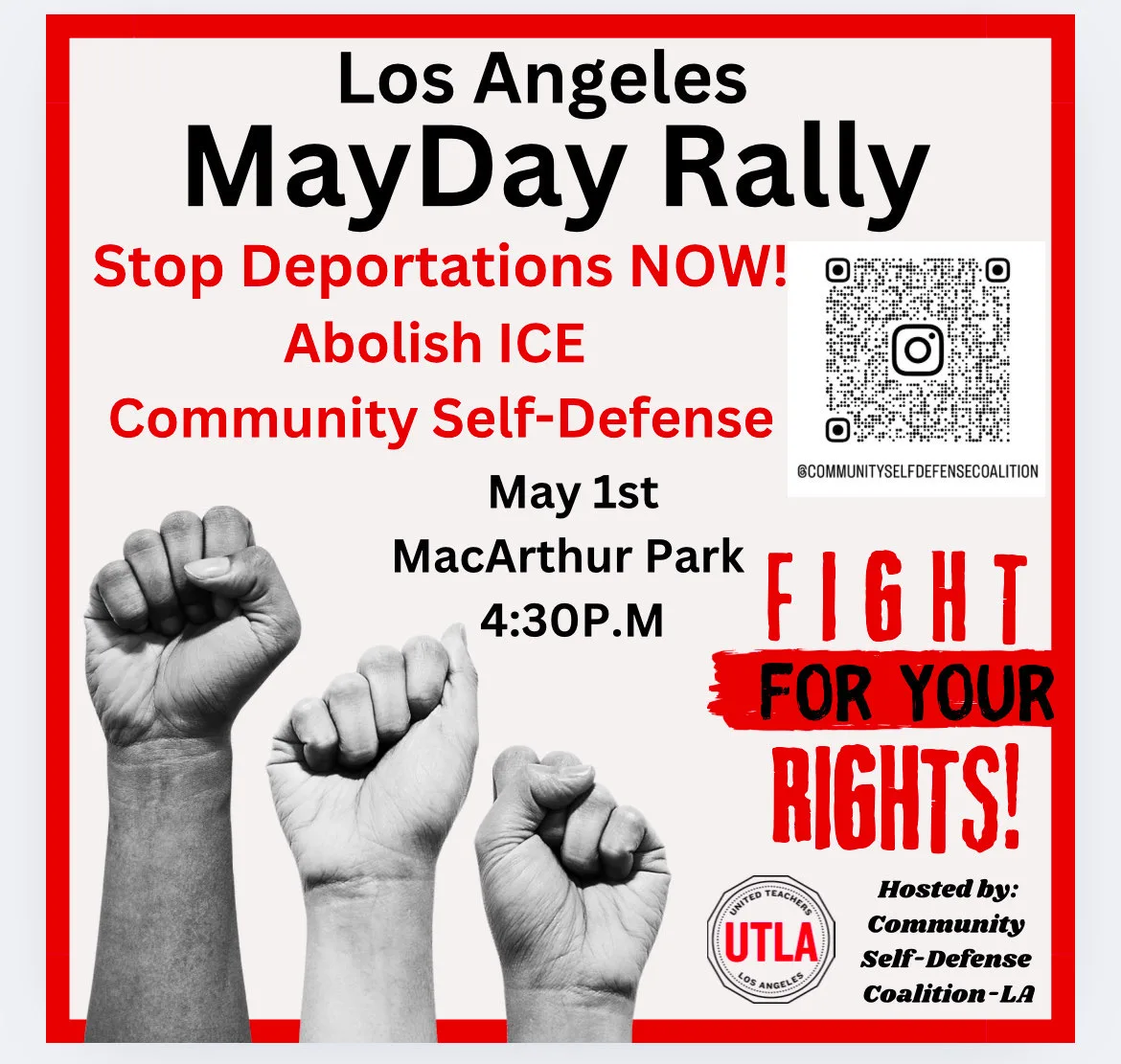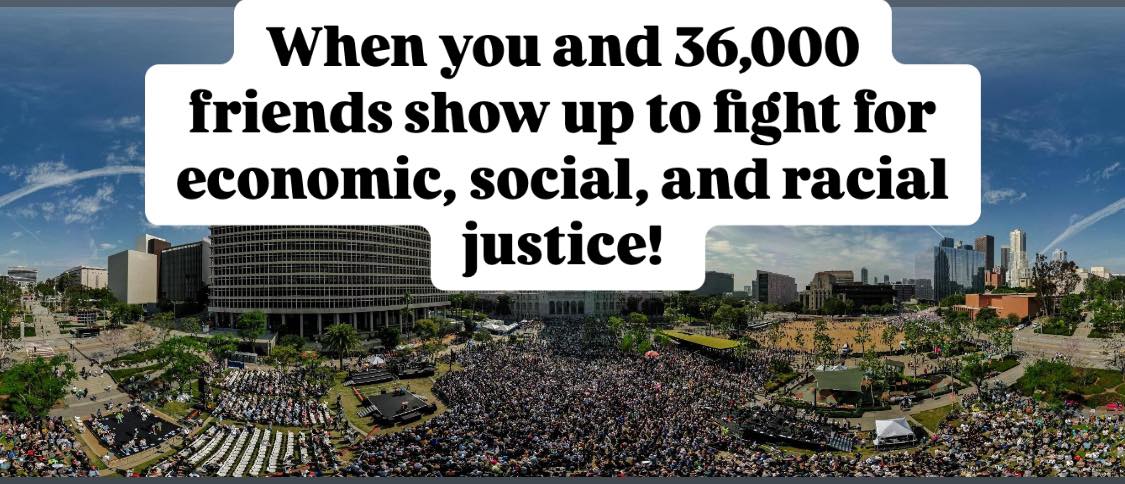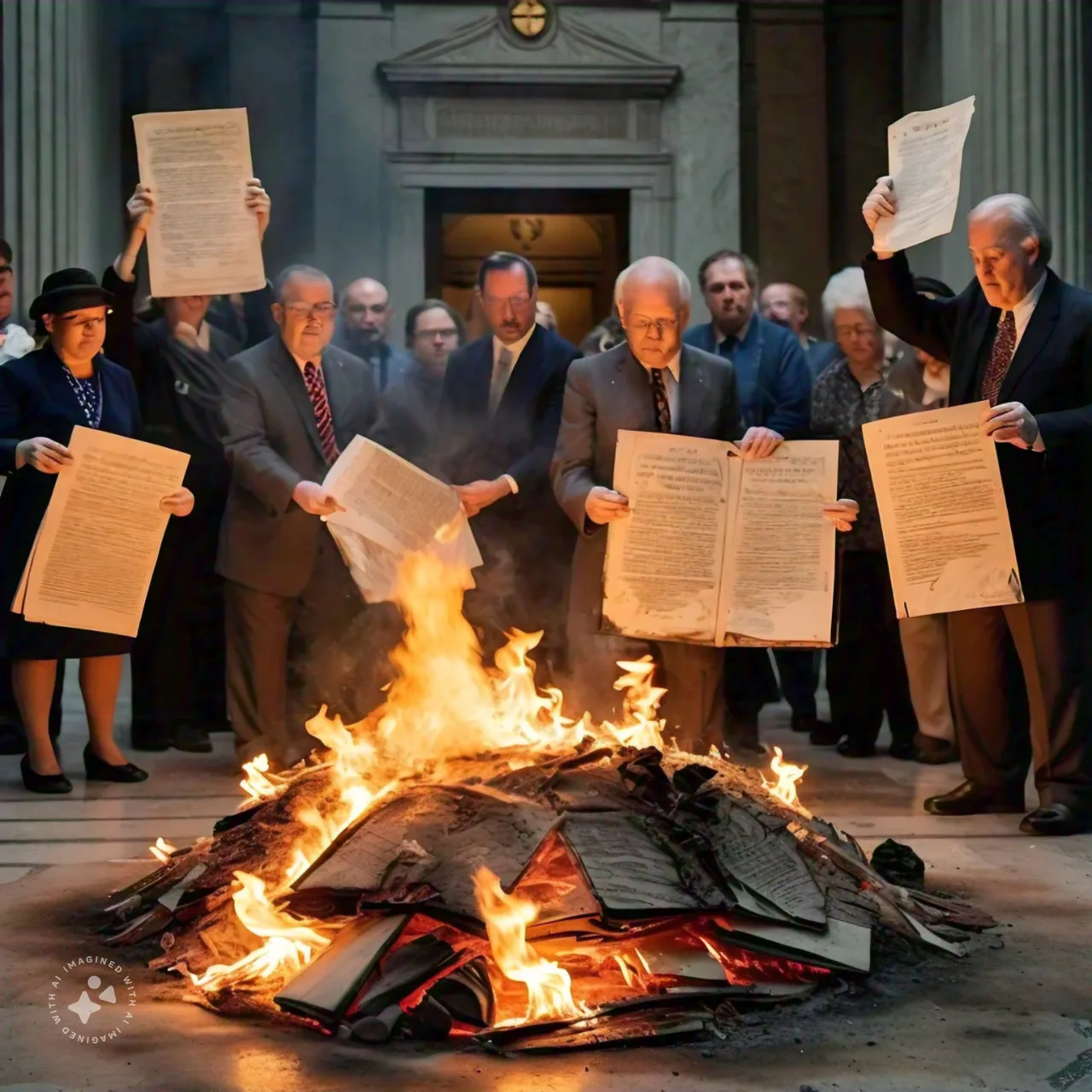I’m going to accumulate videos explaining this midcentury political movement that’s getting a resurgence today.
A followup video: Misconceptions About Nazism.
I think his definition is a bit too narrow, and “blood of the nation” is unclear. The US, as a multicultural state, could not easily equate nationality to “blood”, yet we have had white supremacist law and custom.
Dr. Rahman, in part 2, says the turn toward neo-Marxism’s concern with language and postmodernism is the result of the failure of the 1968 revolution to make a revolutionary change of government. I’m not completely convinced of that, or that the philosophers like Foucault and Derrida are a deviation form Marxism. (I also align more with the latter.)
(Please note that Ryan Chapman is a liberal. Rahman is a Marxist. More on this below.)
This video is from German public television about the resurgence of fascism in Germany. They focus on the racism and anti-immigrant ideology. They make a brief point contrasting democracy and authoritarianism – but they miss the fact that the voters supported the authoritarian government and didn’t see it as a brutal dictatorship, but a strong police state suppressing crime; that means they aren’t opposite. The actual conflict was between three poles in the political system: communism, social democracy (mild socialism), and conservatism. Naziism aligned with the conservatives.
Not well known: Portugal was also fascist. Use Close Captioning (CC button) and the gear menu to set the translation to English.
— more to be added
Key Ideas for People in America
- Hitler said that not all people in Germany were Germans. Only some people were. The people who were not considered German were either to be a lower class, to be enslaved for Germany’s benefit, or killed (exterminated).
- These non-Germans were not only Jewish, but other groups: the disabled, Slavs, Roma, LGBT people, etc. In practice, this also included Black people, Communists, Socialists, and some Christians who protested “German Christianity” (most Christians were okay with it and Nazism was accepted).
- Fascism started within the socialist parties of Italy and Germany, but the fascists exited and formed Fascist parties, and then formed an alliance with Conservatives and industrialists.
- The key similarity between socialism and fascism is populism: they were popular with the working class (what in the US is called the middle class).
- Fascism embodied aspects of what is known as “horseshoe theory” where the “left” and “right” extremes begin to resemble each other, and eventually have crossover from one end to the other. This is similar to how fascism had aspects of leftist socialism within it. Where this theory falls apart: it ignores racism in fascism.
- In Nazi Germany, the oppressed groups were most of the Left, disabled, LGBT, and minorities, and all were “below” the Aryans. The existence of the oppressed allowed the unity of Aryans which included some leftists.
- A little known movement called the Anti-Chinese Movement had some characteristics of this “horseshoe theory” when white working class people on the left, from the disintegrating Workingmans Party, were pulled away from international socialism, and toward nationalistic, exclusionary working class demands, and an alliance with the elite and wealthy. They sought to deport, burn out, and kill Chinese immigrants.
- Anyone who claims to be on the Left, and doesn’t want to be inclusive of all the most oppressed, may be a traitor to equality, and building a bridge toward fascism.
I have intentionally avoided videos made after the start of the 2022 invasion of Ukraine.
I have avoided the US right wing descriptions of fascism as socialism. That’s historically inaccurate, as shown above. Fascism emerges when there’s a growing left populist movement, and fascist leaders might emerge from the Socialist parties, and form parties that combine populist socialist ideas with an alliance with conservatives, industrialists, and sometimes monarchists.
Though many say it’s the specific ideas of fascism that make it “right wing”, I just go with the obvious: the fascists had some votes, and wanted power, and needed to form a coalition to get power — they chose an alliance with the conservatives. Why? Probably because Communism threatened to seize the means of production (meaning the industrialists’ factories), so Fascism assured industrialists that they could hold on to their private property, if they could align production with the state’s needs.
This pattern repeated in other countries, with alliances between Fascists and conservative churches, and also with monarchists.
Notes
On Liberal vs. Marxist
Most of these videos are liberal, not Marxist, or even leftist. They are all anti-fascist, aka “antifa”.
By “liberal” I mean in the old John Locke/Bill of Rights way, or the current version of capitalism+reforms and “freedoms” way. I mean that this encompasses most politics in the US from some conservative and most moderate Republicans, to most Democrats, all the way over to some of Bernie Sanders’ ideas.
By “Marxist” I mean someone who is some kind of communist, and wants to change capitalist governments to socialist and then ultimately to communist, as Marx wanted. They might also be called Communist or revolutionary.
Someone who only uses the theories Marx invented to understand society, but not change it, is not a “Marxist” to me. That’s what I’d call “Marxian“. Some of these theories are Marx’s Capital, dialectical materialism, the labor theory of value, his idea of historical progress, the commodity fetish, and the working class. You can use these ideas and be a liberal.
A leftist is someone who also wants to change society, to something more socialist, but not necessarily by using Marx’s theories, or those of later Marxists. Most anarchists are leftists, but some are more like small scale capitalist liberals. Some anarchists are communists who are disenchanted with some aspects of actual Communism in practice. There’s a zillion more kinds of anarchists on the left.
By “socialist” I mean a country with a government that produces a lot of social services to make society more equal, by providing most basic needs, like housing, some food and clothing, healthcare, education, internet, power, telecom, firefighters, postal service, police.






Leave a Reply